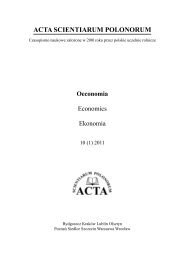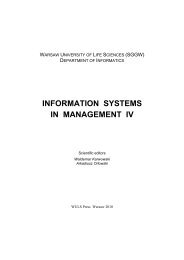Lubna landfill
Lubna landfill
Lubna landfill
- No tags were found...
You also want an ePaper? Increase the reach of your titles
YUMPU automatically turns print PDFs into web optimized ePapers that Google loves.
4.4 Permeability testsThe permeability coefficients were determined by laboratory and field tests for wastes, aquitardlayers and bentonite material. The waste permeability in the field was established by the Maggmethod. The waste permeability coefficient was determined in the laboratory in the triaxial cell andby the modified constant gradient. The modification was based on permeability measurementsunder stress modelling conditions, at different depths of the <strong>landfill</strong>. On the basis of these testswithout loading, the coefficient of permeability for fresh wastes was approximately k 10 =5x10 -4 m/s,while for the old wastes - k 10 =1x10 -4 m/s. The coefficient values for fresh wastes under loading of25 and 50 kPa resulted in: k 10 =1x10 -5 m/s and k 10 =8x10 -6 m/s, while these of the old wastes:k 10 =8x10 -6 m/s and k 10 =4x10 -6 m/s, respectively.The permeability coefficients of soils creating aquitard layers were performed by the BAT system.The average permeability coefficient for these layers was k=10 -8 m/s.The permeability of the bentonite vertical barrier was tested in the laboratory using triaxial cell(Fig. 7) and falling head methods (Fig. 8), while in the field, the permeability was tested by theBAT system (Fig. 9). All permeability coefficients were lower than k
















